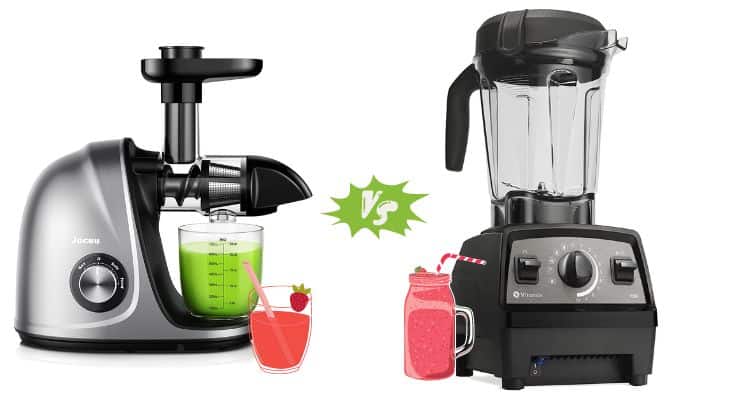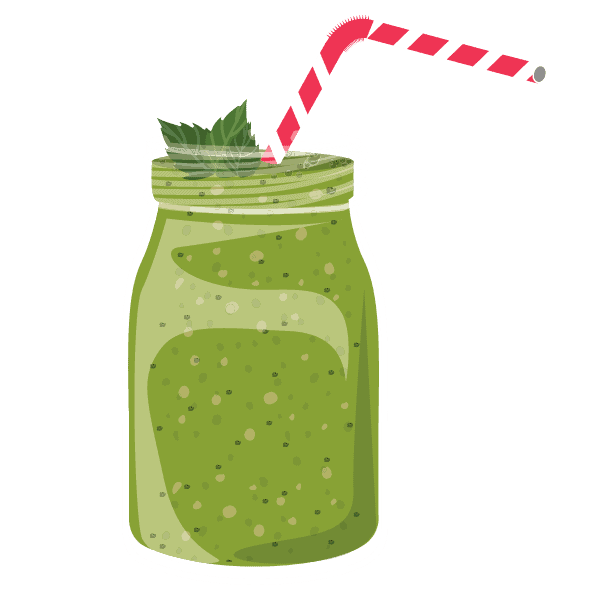When it comes to healthy eating, incorporating fruits and vegetables into your diet is essential. While some people prefer to eat them whole, others prefer to drink them as juice or smoothies. Juicers and Vitamix blenders are popular kitchen appliances that can help you achieve healthy eating goals. However, which one is better for your health – juicer vs Vitamix?
Juicers and Vitamix blenders differ in the way they process fruits and vegetables. Juicers extract the juice from the produce while leaving the pulp and fiber behind. On the other hand, Vitamix blenders blend the whole fruit or vegetable, including the pulp and fiber.
This means that the resulting drink from a Vitamix will have a thicker consistency and contain more fiber than a juice made with a juicer. But which one is better for your health? We’ll explore the differences and benefits of each appliance in this article.
What is a Juicer?
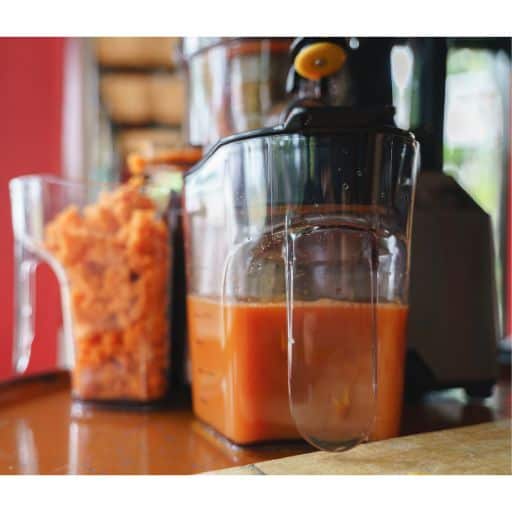
Juicers are kitchen appliances designed to extract juice from fruits and vegetables. They come in different types, each with its unique way of extracting juice. In this section, we will discuss the three main types of juicers: centrifugal juicers, masticating juicers, and triturating juicers.
Centrifugal Juicers
Centrifugal juicers are the original type of juicer and are often the most affordable. They work by using a fast-spinning blade to chop and shred fruits and vegetables into tiny pieces. The juice is then separated from the pulp using a strainer or mesh basket.
Centrifugal juicers are ideal for juicing hard fruits and vegetables like apples, carrots, and beets. However, they are not as effective in juicing leafy greens and soft fruits like berries.
Masticating Juicers
Masticating juicers are also known as slow juicers and sometimes, cold press juicers. They are not technically a cold press juicer (these are commercial machines), however, they use a slow and gentle process to extract juice from fruits and vegetables.
They work by crushing and grinding the produce, then pressing it to extract the juice. Masticating juicers are ideal for juicing leafy greens and soft fruits like berries, as they can extract more juice from these types of produce. They also produce less heat, which helps preserve the nutrients in the juice.
Triturating Juicers
Triturating juicers, also known as twin gear juicers, are the most expensive type of juicer. They work by using two interlocking gears to crush and grind fruits and vegetables into a fine pulp, then squeezing out the juice.
Triturating juicers are ideal for juicing hard and soft fruits and vegetables, including leafy greens. They produce the highest quality juice, with the most nutrients and enzymes. They are also more pricey than both centrifugal and masticating juicers.
Juicers are great appliances for making fresh juice from fruits and vegetables. The type of juicer you choose will depend on your juicing needs and budget. Centrifugal juicers are the most common and affordable, while masticating and triturating juicers are more expensive but offer more benefits. Juicing is a great way to consume concentrated nutrients and gain the health benefits of fruits and vegetables in a convenient and delicious way.
What is a Vitamix?
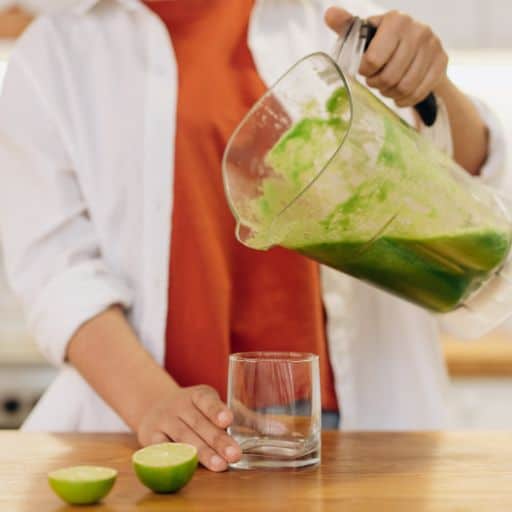
When it comes to high-speed blenders, Vitamix is a well-known brand that produces powerful and versatile machines. A Vitamix blender is a type of blender that is specifically designed to blend ingredients at high speeds. It is equipped with a powerful motor that can quickly and easily blend even the toughest ingredients.
One of the key features of a Vitamix blender is its variable speed control. This allows us to adjust the speed of the blender depending on the ingredients we are blending. This feature is particularly useful when making smoothies, soups, nut butters, sauces, ice cream, and other frozen desserts.
Another advantage of a Vitamix blender is that it is easy to use. The machine comes with pre-programmed settings that allow us to quickly and easily blend our favorite recipes. It also has a self-cleaning function that makes cleaning up after use a breeze.
Unlike a juicer, a Vitamix blender blends fruits and vegetables in their entirety, keeping the fiber in the smoothie. This means that we get all the phytonutrients, fiber, and other nutrients associated with positive health effects in the fruit or vegetable without losing any of the goodness.
The Vitamix A3500 is a popular model that comes with a variable speed control and pre-programmed settings for smoothies, hot soups, and frozen desserts. It also has a self-cleaning function that makes cleaning up after use a breeze.
Compared to a juicer like the Hurom HP, a Vitamix blender is a more versatile machine that can make a broader range of recipes.
Juicer vs Vitamix: Which is Better for Health?
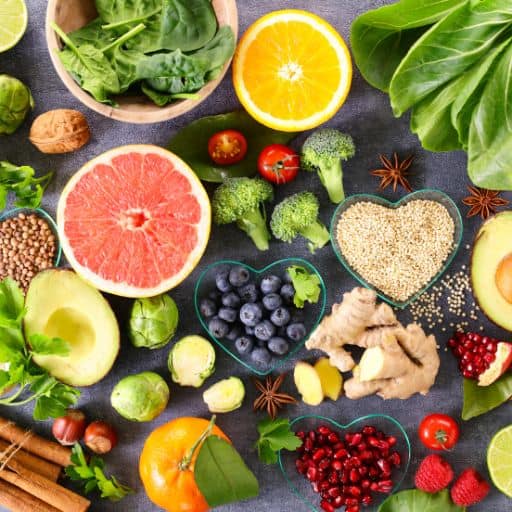
When it comes to making healthy and delicious drinks, two of the most popular options are juicers and Vitamix blenders. But which one is better? In this section, we will compare the pros and cons of juicers and Vitamix blenders and discuss the health benefits of each.
Juicer Pros and Cons
Juicing involves extracting the liquid from fruits and vegetables while separating out the pulp and fiber. This results in a concentrated dose of vitamins, minerals, and other nutrients that can be absorbed quickly by the body.
When consumed on an empty stomach, your body can almost instantly absorb the needed nutrients from the juice for a brilliant health boost.
The downside of juicing is it uses a lot of food and produces a lot of waste in the pulp. You can use this in soups, stews, baking, or composting it for your garden.
Some juicers offer the same functionality as a blender, such as making sorbets, nut milks and nut butters, baby food purees, etc.
Vitamix Pros and Cons
Vitamix blenders are high-speed blenders that are designed to blend fruits and vegetables in their entirety, keeping the fiber in the juice. This helps you stay full for longer and can be used a meal replacement.
One of the main advantages of Vitamix blenders is their performance. They are powerful, easy to use, and have variable speed control settings.
You don’t consume as many concentrated nutrients as juicing
Juicer vs Vitamix: Health Benefits Comparison
Both juicers and Vitamix blenders have their own unique health benefits. Juicers are great for producing nutrient-dense, healthy juice in a small amount of liquid. This can be especially beneficial for those with digestive issues, as juicing adds enzymes to the diet that can help break down food more easily.
Juicing can also be a good option for those following a low-fiber diet.
Blending with a Vitamix allows you to keep all the fiber intact while creating a smooth texture. This is particularly helpful for those who need to balance their blood sugar levels or want to replace a meal with something nutritious.
Blending offers less wastage since you don’t have to discard pulp – like juicing. When consumed this way, your body has to work harder to process both the pulp and fiber from the juice.
Juicing With a Vitamix vs a Juicer
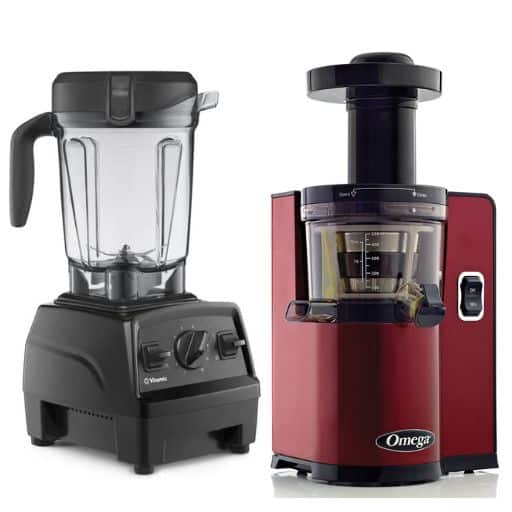
When it comes to juicing, using a Vitamix blender is a popular alternative to traditional juicers.
Unlike traditional juicers that extract pulp and fiber from produce, a Vitamix blends whole fruits and vegetables, retaining the fiber in the resulting juice. This means that you can enjoy all the benefits of fresh juice, while also getting the added nutritional benefits of fiber.
While using a Vitamix as a juicer may not produce the same texture as a traditional juicer, it does offer some distinct advantages including:
- Easy preparation – you don’t need to cut fruit and vegetables into such small pieces
- Easy clean up – add a drop of dish soap and half fill with water and blend for easy cleaning of the jug
- Less wastage, especially with fruits that are difficult to juice such as berries and bananas
With its powerful blades that can pulverize even tough ingredients like seeds and skins, you can be sure that you’re getting every last bit of goodness out of your produce.
Which Vitamix is Best for Juicing?
If you want to create super smooth juices, the Vitamix Propel Series 750 blender is a great option. It may not be a traditional juicer, but its powerful motor and precise settings make it an excellent choice for health and wellness enthusiasts.
The Vitamix 750 boasts five program settings and ten variable speeds, allowing it to easily blend everything from soft fruits to tough greens without leaving any chunks or pulp behind. Its low-profile container fits under most overhead cupboards with ease (unlike the Omega blender) Plus, the container is made of BPA-free Tritan material and is dishwasher safe, making cleanup a breeze.
Product Specs:
- Capacity: 64 fluid ounces
- Number of speeds: 10
- Material type: BPA-free Tritan
- Blade material: Stainless steel
- Power source: Corded electric
Pros:
- Powerful motor can handle tough ingredients
- Precise settings allow for culinary precision in blending
- Low-profile container can make multiple servings at once
- Easy to clean with built-in cleaning setting and dishwasher-safe components
Cons:
- Loud while in use
- Expensive compared to budget juicers, comparable with higher-end juicers
Is Juicing Better Than Blending?
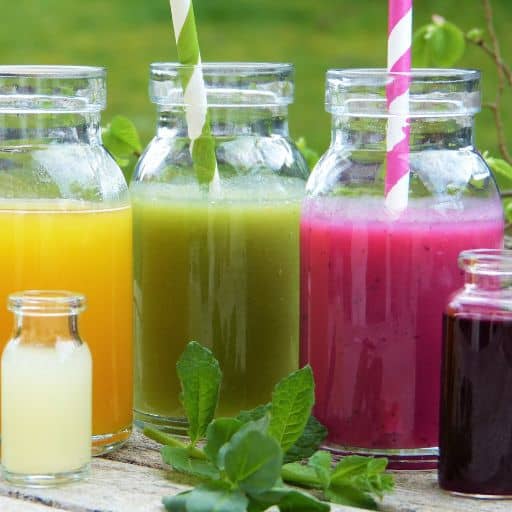
Let’s settle the debate once and for all: is juicing or blending the way to go for a nutrient-packed drink? The answer is not so clear-cut, as both methods have their advantages and disadvantages.
Juicing extracts liquid from fruits and vegetables while discarding the pulp, resulting in a higher concentration of nutrients per ounce. However, this also means that juicing removes insoluble fiber, which is important for digestion and can lead to feeling less satisfied despite consuming the same amount of produce as blending.
On the other hand, blending with a high-speed blender like Vitamix keeps insoluble fiber intact while breaking down whole foods into a smoothie-like consistency. This allows for greater volume of nutrients as well as fiber per serving, making it an ideal option for replacing a meal or two.
However, blending may not be suitable for those with delicate digestive systems or undergoing detox programs due to its higher fiber content.
Ultimately, both juicing and blending can provide health benefits depending on individual needs and preferences.
Frequently Asked Questions
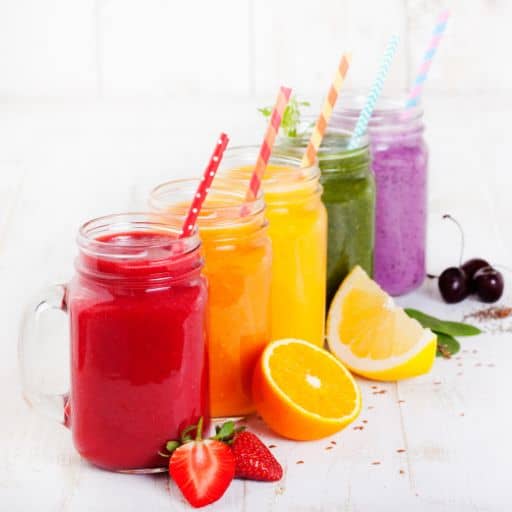
Does blending for 30 seconds or less cause significant nutrient loss?
Blending for 30 seconds or less does not cause significant nutrient loss. This is good news for those who are short on time but still want to enjoy the benefits of smoothies and blended juices.
What is the main benefit of juicing compared to blending?
Juicing offers the main benefit of a greater concentration of nutrients per ounce when compared to blending. This is because juicing involves extracting the liquid from fruits and vegetables while discarding the pulp, resulting in higher levels of vitamins, minerals, and enzymes.
Do I need a juicer if I have a Vitamix?
You don’t need to buy a juicer if you have a Vitamix, although as both machines work differently, a juicer is more beneficial for concentrated nutrient extraction. You can strain juice made in a Vitamix using a nut milk bag, or cheesecloth.
Does the Vitamix remove any of the pulp (fiber) from the juice?
When using a Vitamix as a juicer, the pulp (fiber) from the fruits and vegetables is not removed. The high-speed blender is designed to cut, break down, and pulverize whole foods, including skin, seeds, and pulp.
Conclusion
So, which is better for your health in 2023? Juicing or Vitamix blending? The truth is, both methods have their own unique benefits and drawbacks.
Juicing allows you to pack a ton of nutrients into one glass, while Vitamix blending retains the fiber and can create smoothies that are more filling and satisfying. If you’re looking for convenience and speed, a juicer may be the way to go. But if you want versatility and the ability to make everything from juices to smoothies to soups, a Vitamix blender may be a better investment.
Ultimately, the best choice depends on your personal preferences and needs. Regardless of which method you choose, incorporating more fruits and vegetables into your diet through juicing or blending can have significant health benefits. So why not give both methods a try and see which one works best for you?
With these tips and recipes in mind, you’ll be well on your way to a healthier lifestyle in 2023!

